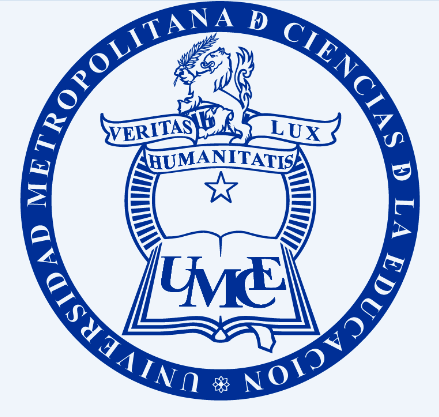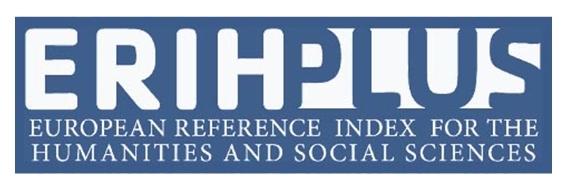Conteúdo do artigo principal
jun 21, 2019
Resumo
The 2004 play Te besaré toda la vida, by Puerto Rican playwright José Luis Figueroa, is a text that illustrates the sociocultural exchanges that take place at a mall. In particular, the setting is Plaza Las Américas in San Juan, Puerto Rico, where four characters gather —and thanks to mediators or intermediarios— are able to communicate and understand each other. Along with the topic of communication, the play explores issues such as social roles of the elderly, mother-daughter relationships, and the way art is valued in daily modern life. With the shopping center as its setting, this two-act play examines sociocultural exchanges between generations, subverting capitalistic notions of what is considered socially and culturally indispensable or worthy. Highlighting the art of communication and honoring the values of old age, this play provides apt reading and discussion material in an introductory course in genre and literary analysis for students of Spanish as a second language.
Downloads
Política propuesta para revistas que ofrecen acceso abierto
Aquellos autores/as que tengan publicaciones con esta revista, aceptan los términos siguientes:
- Los autores/as conservarán sus derechos de autor y garantizarán a la revista el derecho de primera publicación de su obra, el cuál estará simultáneamente sujeto a la Licencia de reconocimiento de Creative Commons que permite el uso de este material siempre que se indique su autoría y la fuente original de su publicación (URL de la revista), no se use con fines comerciales y sin derivaciones de la obra original.
- Los autores/as podrán adoptar otros acuerdos de licencia no exclusiva de distribución de la versión de la obra publicada (p. ej.: depositarla en un archivo telemático institucional o publicarla en un volumen monográfico) siempre que se indique la publicación inicial en esta revista.
- Se permite y recomienda a los autores/as difundir su obra a través de Internet (p. ej.: en archivos telemáticos institucionales o en su página web) antes y durante el proceso de envío, lo cual puede producir intercambios interesantes y aumentar las citas de la obra publicada. (Véase El efecto del acceso abierto).
Referências
Dávila, Arlene. 2016. El Mall: The Spatial and Class Politics of Shopping Malls in Latin America. Berkeley: University of California Press.
Esri, Natasha Geiling. 2014. “The birth and rebirth of the American mall.” Disponible en http://www.smithsonianmag.com/arts-culture/death-and-rebirth-american-mall-180953444/?no-ist[Consulta 12/30/2017].
Figueroa, José Luis. 2004. Te besaré toda la vida. San Juan, Puerto Rico: EditorialTiempo Nuevo.
Frambes-Buxeda, Aline. 2003. “La necesidad del mito en la cultura puertorriqueña y características de la cultura política.” Puerto Rico: Sociedad, cultura y educación. Eds. Carlos di Núbila y Carmen Rodríguez Torres. San Juan & Santo Domingo: Editorial Isla Negra. 121-130.
Herzig Shannon, Nancy. 2001.El iris de paz. El espiritismo y la mujer en Puerto Rico 1900-1950. Río Piedras, Puerto Rico: Huracán.
Hirsch, Marianne. 1981. “Mothers and Daughters.” Signs7.1: 200-222.
Huyke Souffront, Héctor José. “De sentarme en la fuente de Plaza las Américas.” Disponible enhttp://www.80grados.net/de-sentarme-en-una-de-las-fuentes-de-plaza-las-americas-2/#sthash.xKKqUGCk.dpuf[Consulta 12/30/2017].
Ramos Perea,Roberto. 2012. 4 ensayos jodidos y una obra de teatro. San Juan, Puerto Rico: Ediciones Puerto.
Rich, Adrienne. 1979. “Motherhood: The Contemporary Emergency and the Quantum Leap (1978).” On Lies, Secrets, and Silence. New York & London: Norton and Company.
Santiago Lucerna, Javier. “Adiós, Plaza las Américas.” Disponible enhttp://www.revistacruce.com/politica-y-sociedad/item/2130-adios-plaza-las-americas[Consulta 12/30/2017].
Sarlo, Beatriz.1998. “El centro comercial.” Disponible enhttp://www.jornada.unam.mx/1998/03/22/sem-sarlo.html[Consulta 12/30/2017].






